The Reinforcements series featured in “The Rose” (Exhibition)
On view: July 29th — October 28th, 2023
Location: Lumber Room
419 Northwest 9th Ave.
Portland, Oregon 97209






Six finished works from my current body of collage work, the Reinforcements series is now on view in The Rose, a group exhibition curated by Justine Kurland on view through October 28, 2023 at the Lumber Room @lumberroompdx in Portland, Oregon.
These collages emerged from my larger project, @workingwoc “Towards a History of Women of Color in the Workplace”, an independent, multimedia archive that visualizes the labor history of Black and immigrant women of color in America’s workplace. I began this archive as part of my research for the 2022 @magnumfoundation Counter Historíes program and grant.
The below images are installation views of the The Rose,
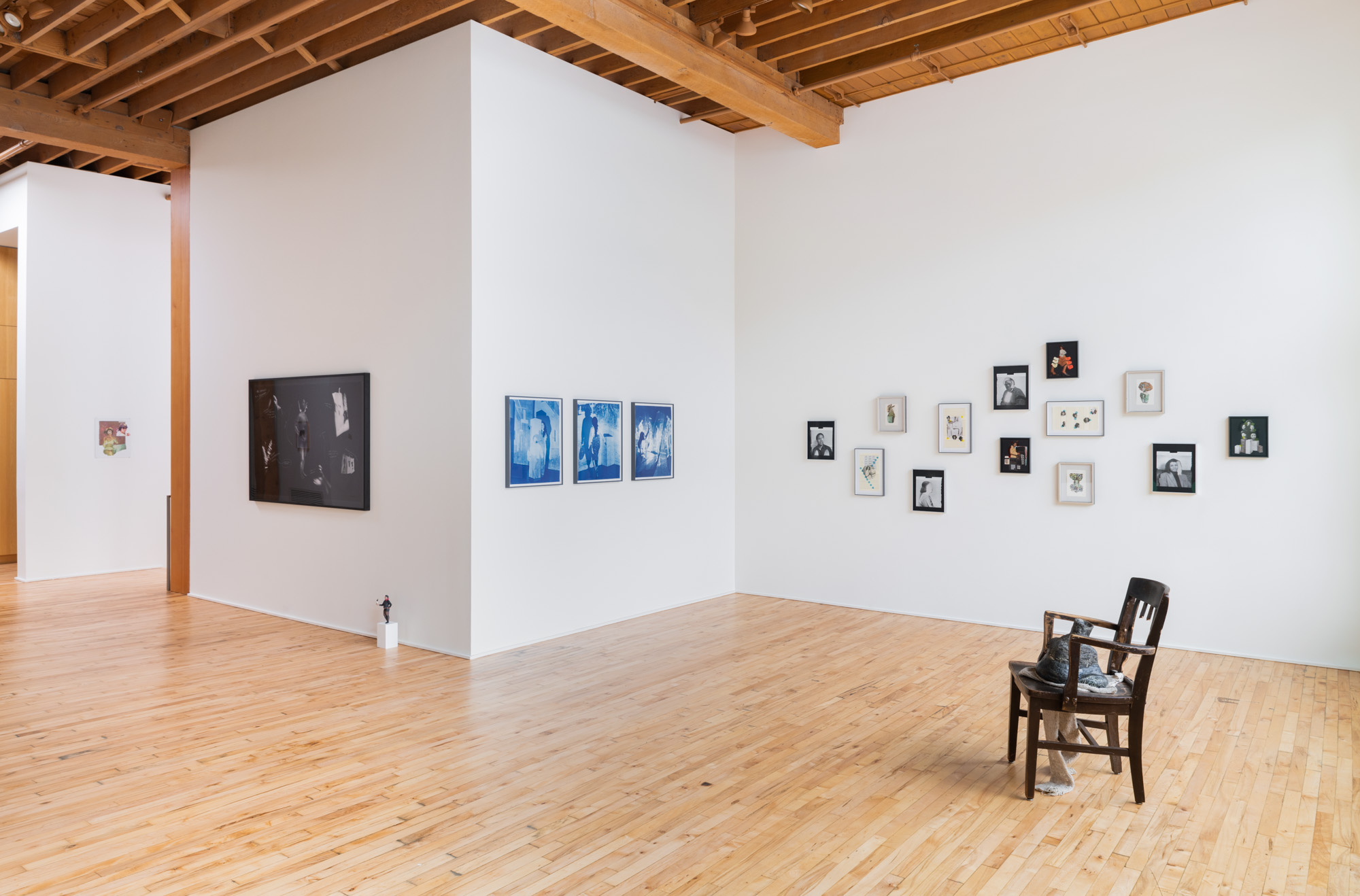
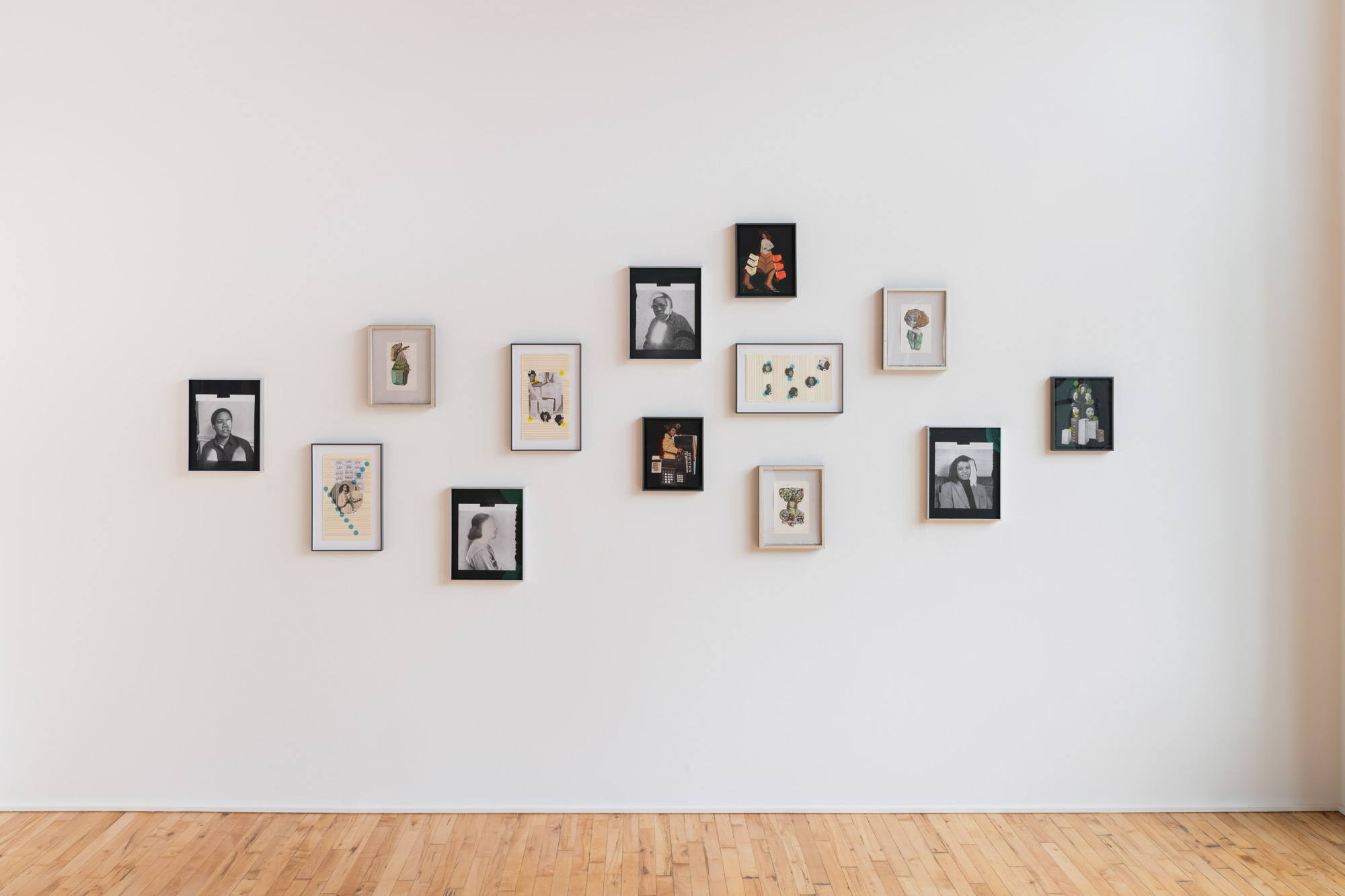
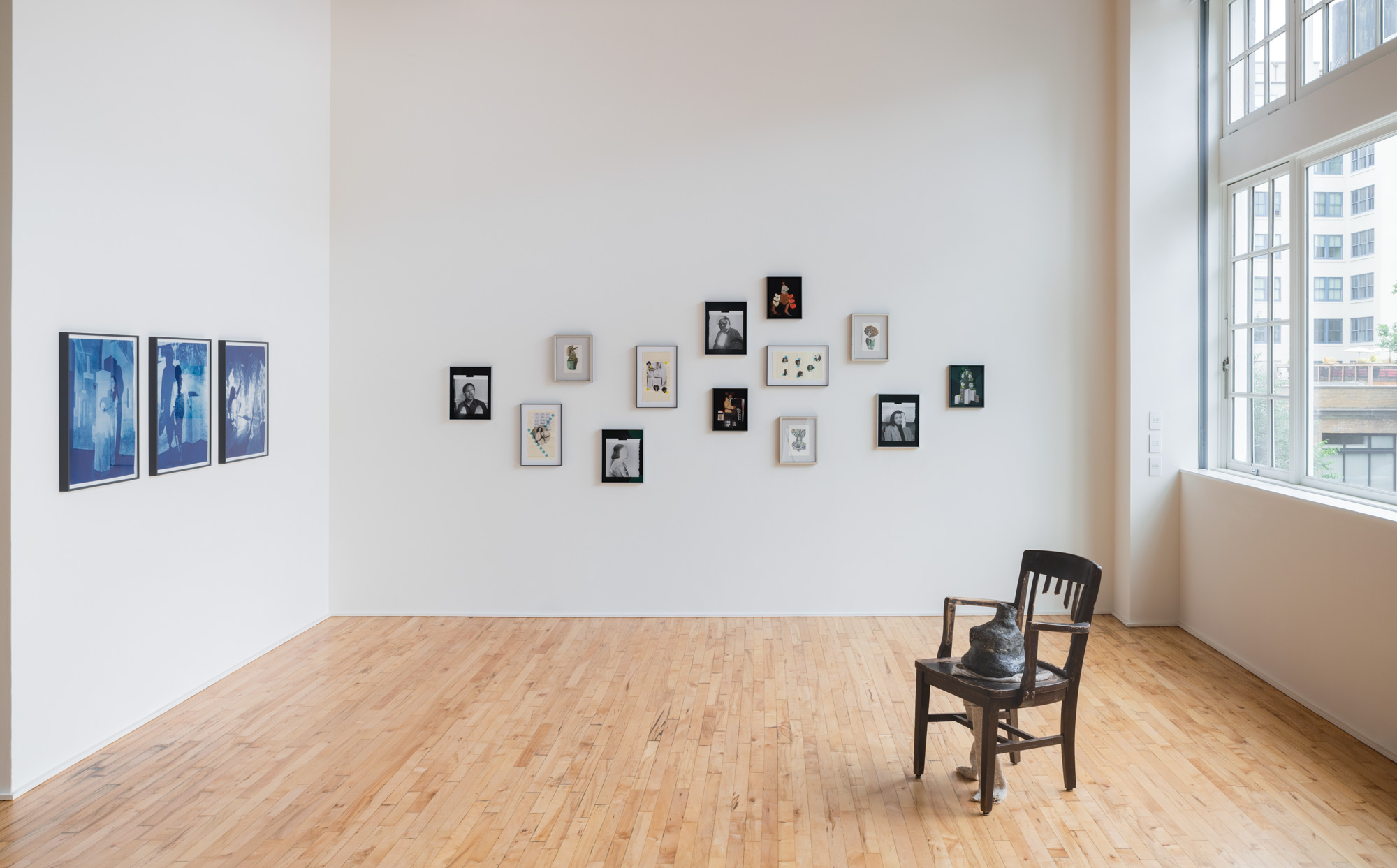
@WorkingWOC: Toward a History of Women of Color in the Workplace (Ongoing)
︎ RSVP Counter Histories Exhibition Opening Thursday, May 18, 2023 @ Magnum Foundation


2022 Magnum Foundation Counter Histories Grantee
In 2022 I was a Magnum Foundation grantee in their Counter Histories initiative supporting projects that creatively reframe the past to engage with urgent questions of the present and future.
Read more at magnumfoundation.org/news/2022-counter-histories-grantees
Why, in the 21st century, do Black women continue to lack representation in leadership roles, receive minimal support for career advancement, face more day-to-day race and gender discrimination and consistently earn less than their non-Black coworkers?
Can historical photography (and the accompanying narratives) be used to understand Black women’s double-minority status in the workplace?
For the Counter Histories program, I developed an independent, digital archive that visualizes the labor history of Black and other (immigrant) women of color in America’s workplace focusing on the period in between the Civil Rights Act of 1964 to the early 2000s.
To maximize reach and audience, this archive currently lives on the following social media platforms:
︎ @WorkingWOC
︎ YouTube
These accounts exist as an archive for my photo research that verifies and documents a historically invisible workforce. My focus on a late 20th century, post Feminism timeline is intentional as this was the period when women entered into office cultures en mass and the influx of migrant communities (specifically from the Caribbean and Latin America) also contributed to this new rise of corporate labor.
︎ SUBMIT YOUR PHOTOS ︎
As a community-driven archive, I welcome submissions of women of color in the workplace from your own family archives - submit via email to workingwoc[at]gmail.com
About this Project
The @WorkingWOC digital photo archive was inspired by a family archive of photographs circa 1969 of my mother's early work experience as a new migrant to NYC. This project aims to recognize the contributions of Black and other immigrant women of color in the American workplace.
This work is still in progress as I weave together stories about the technology and clerical work performed by these women and the social mobility it afforded them and their families.
What you see here is a selection of the images in this project, please contact me to inquire about viewing more.
THRALL (2017-2020)
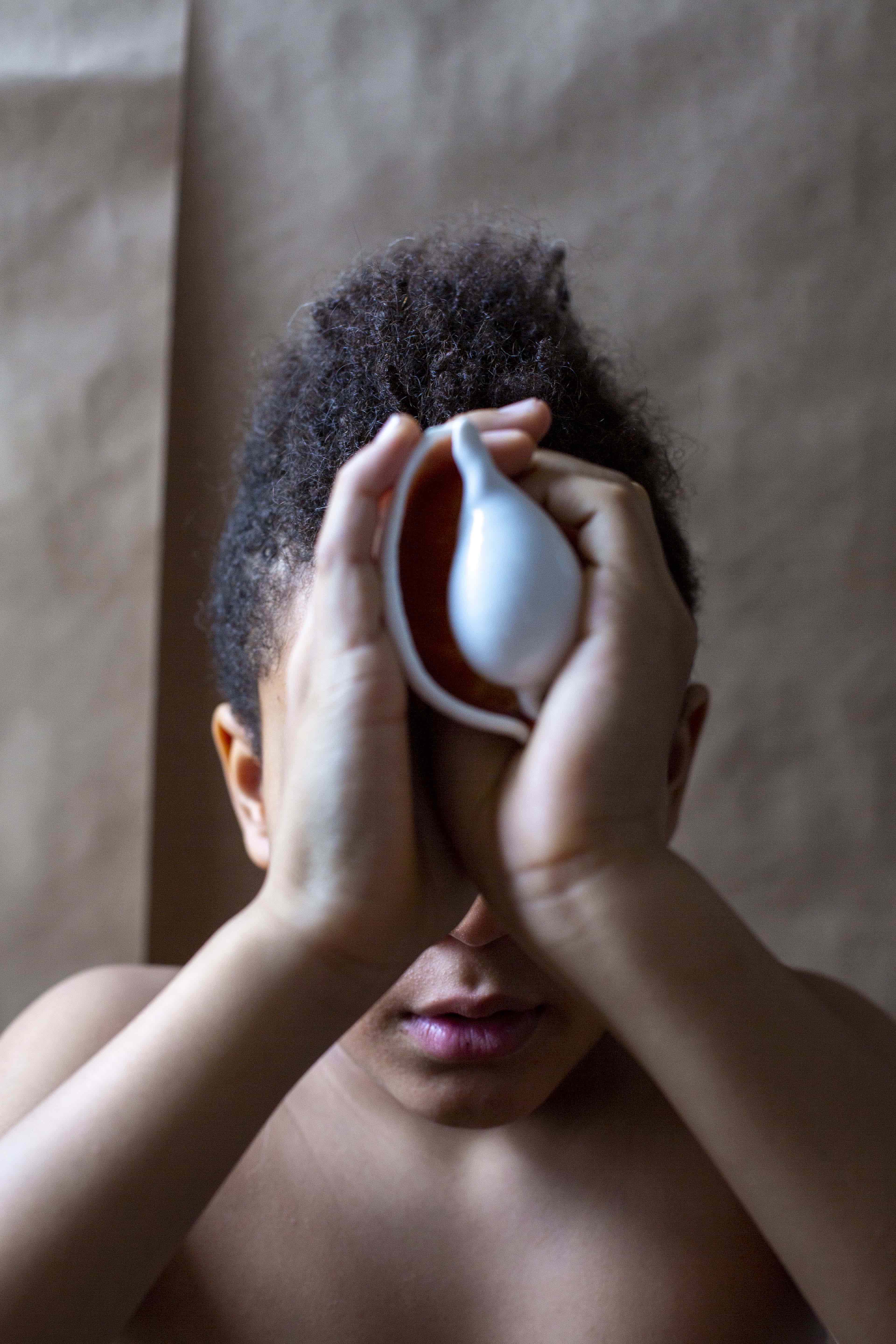
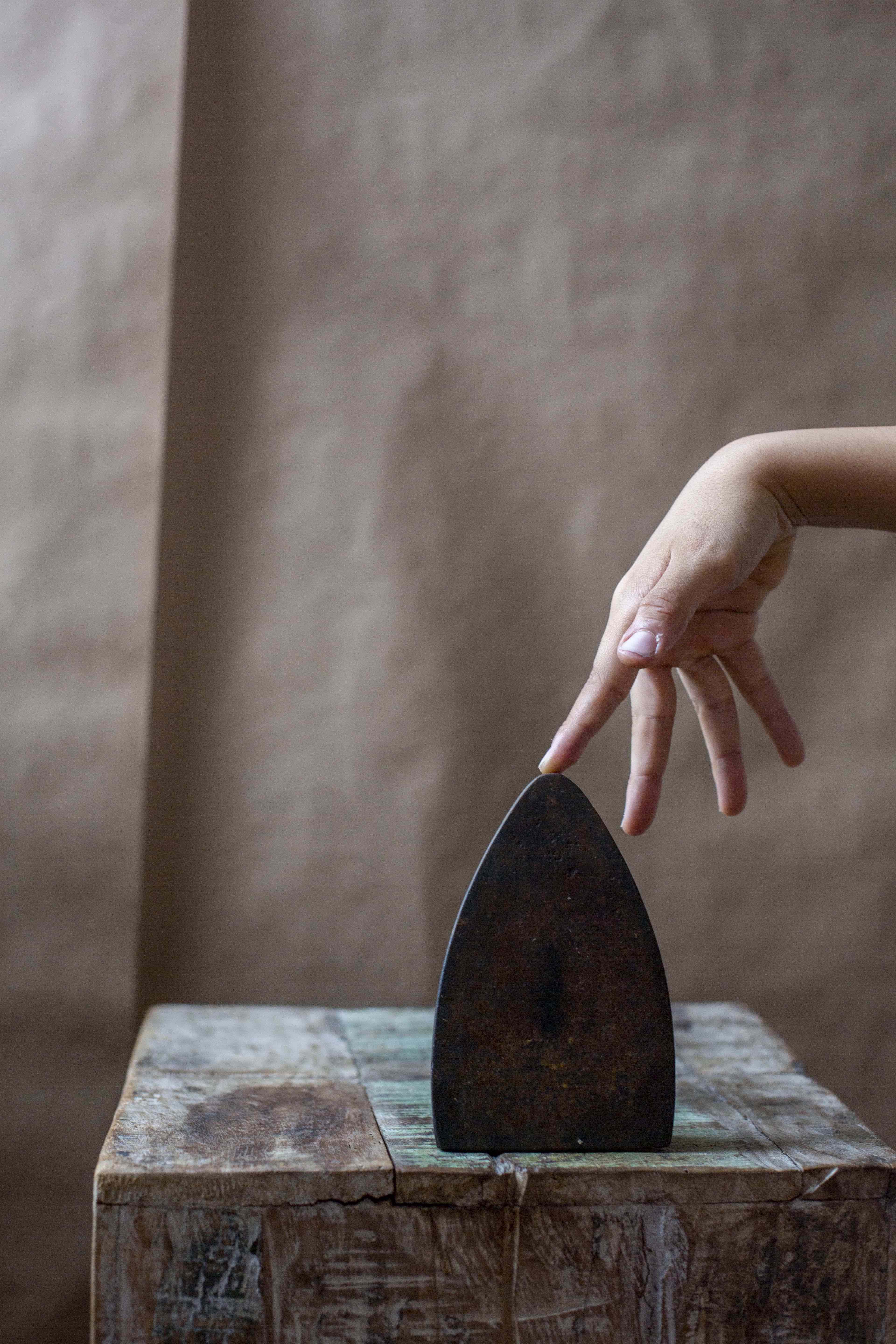


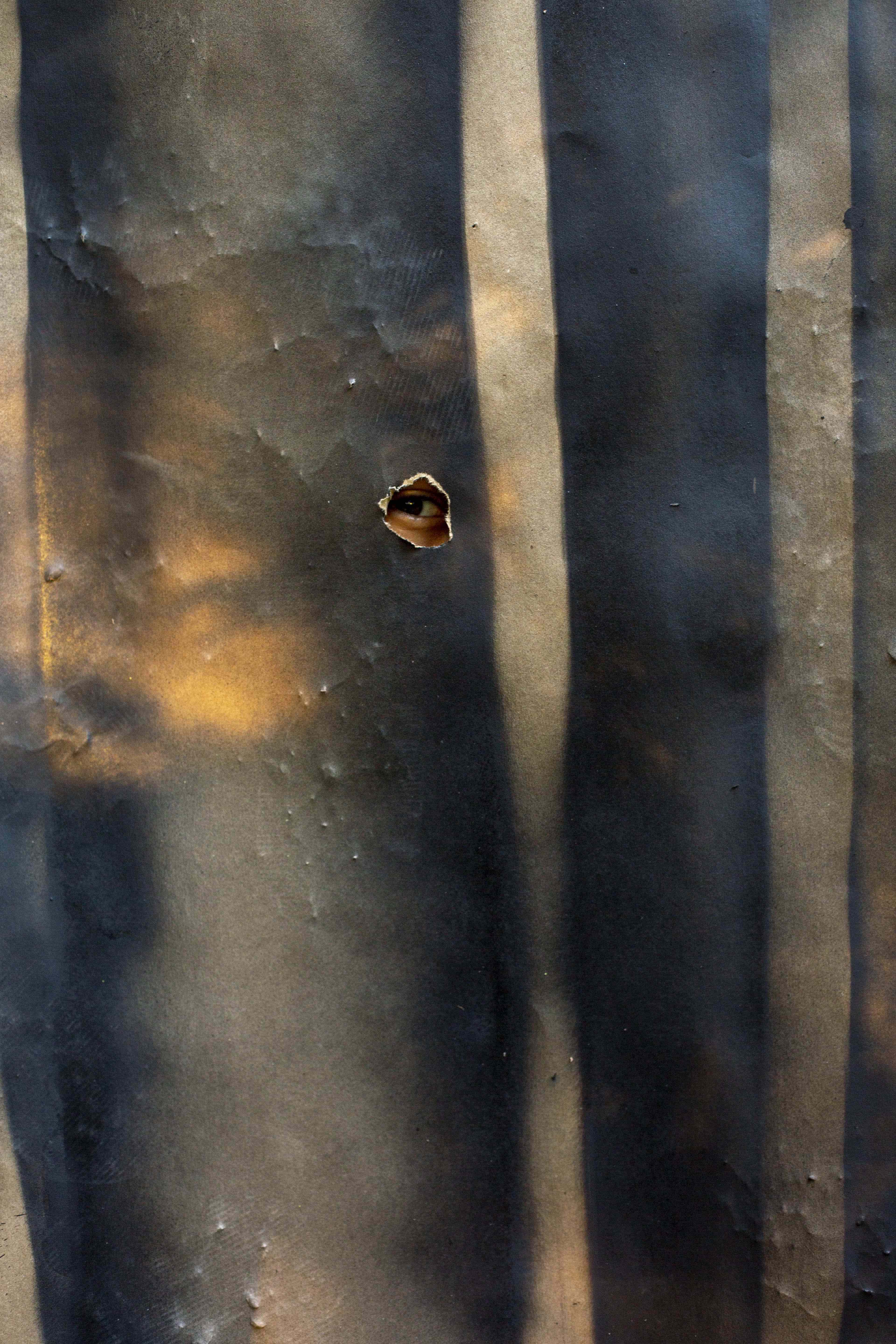

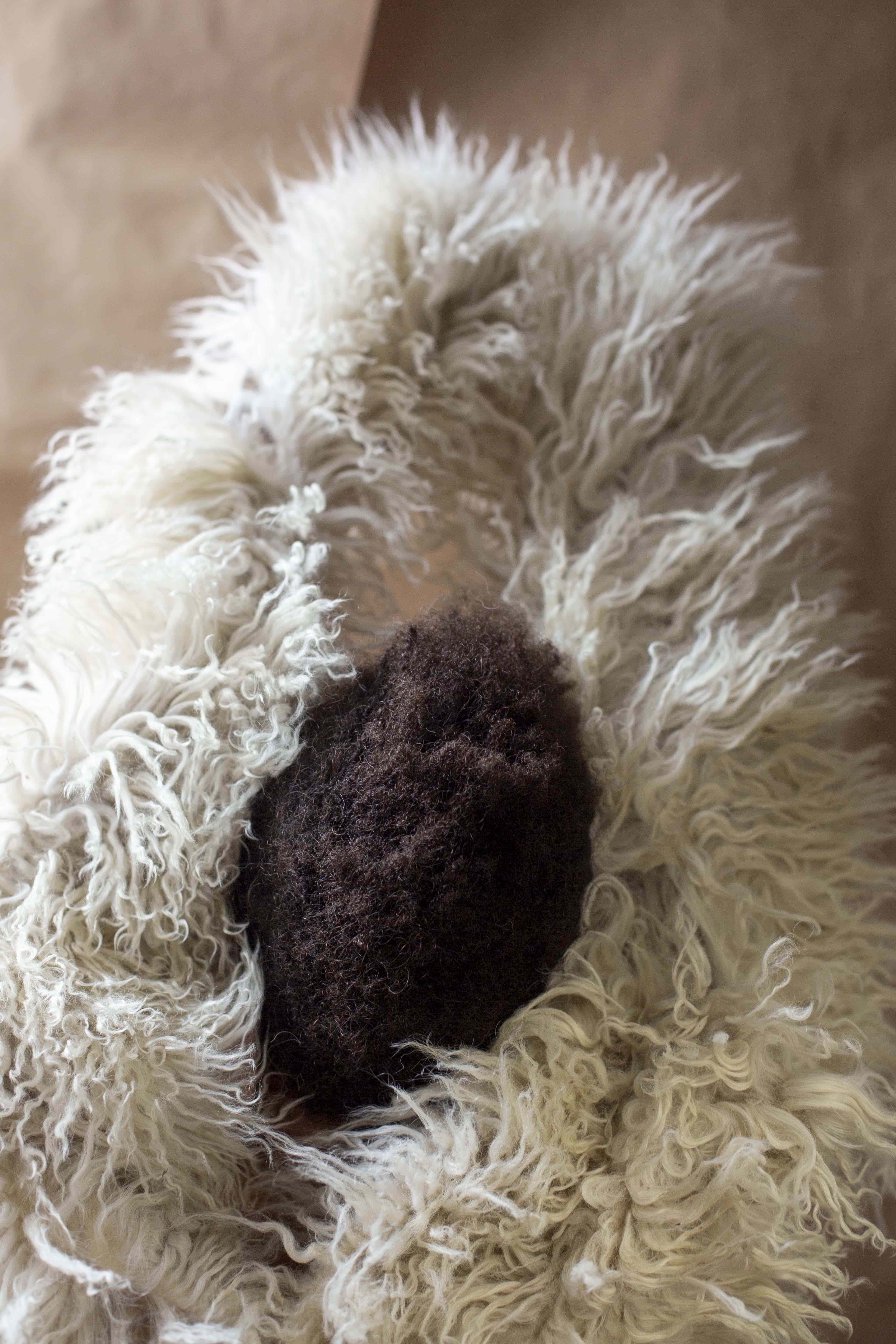
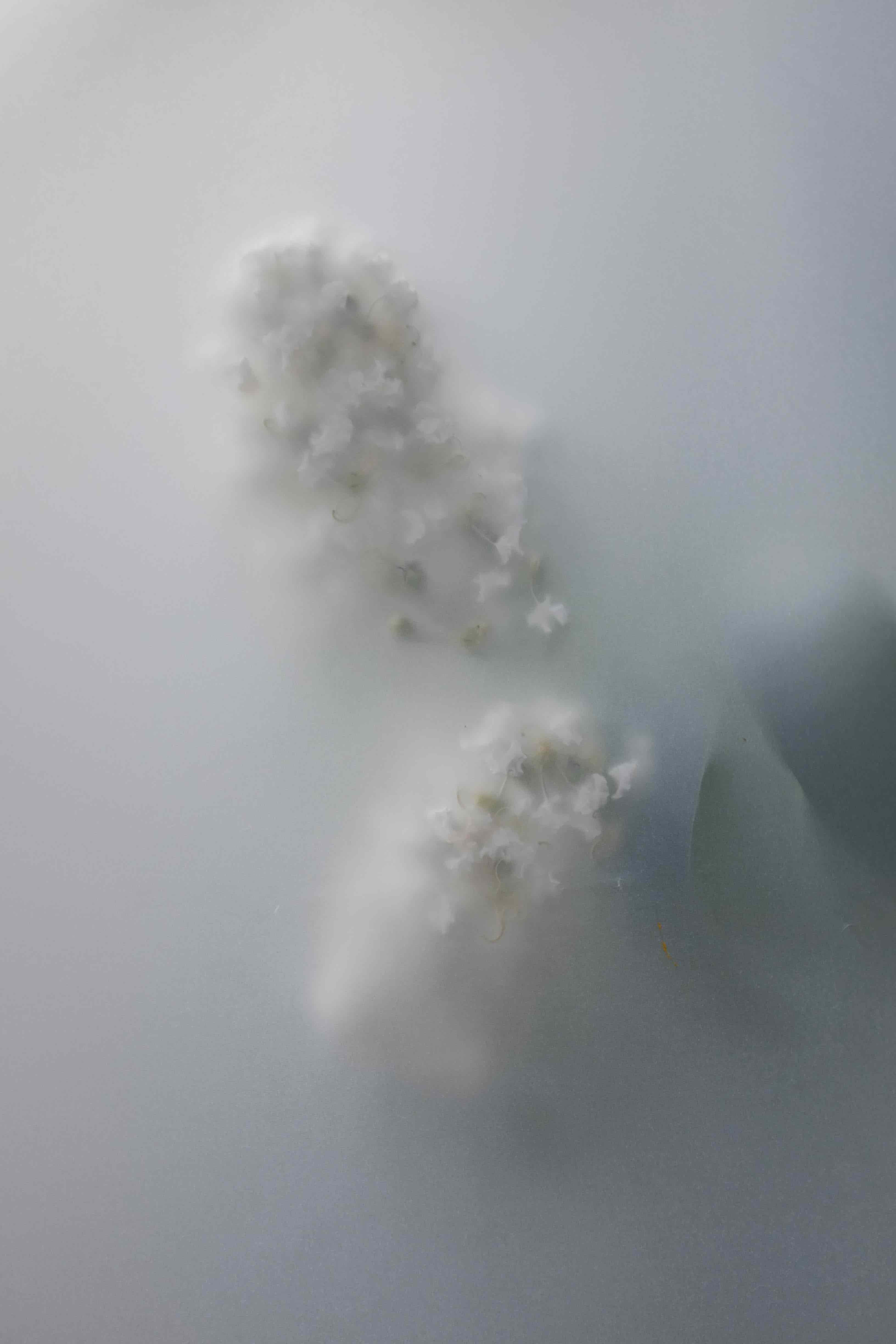
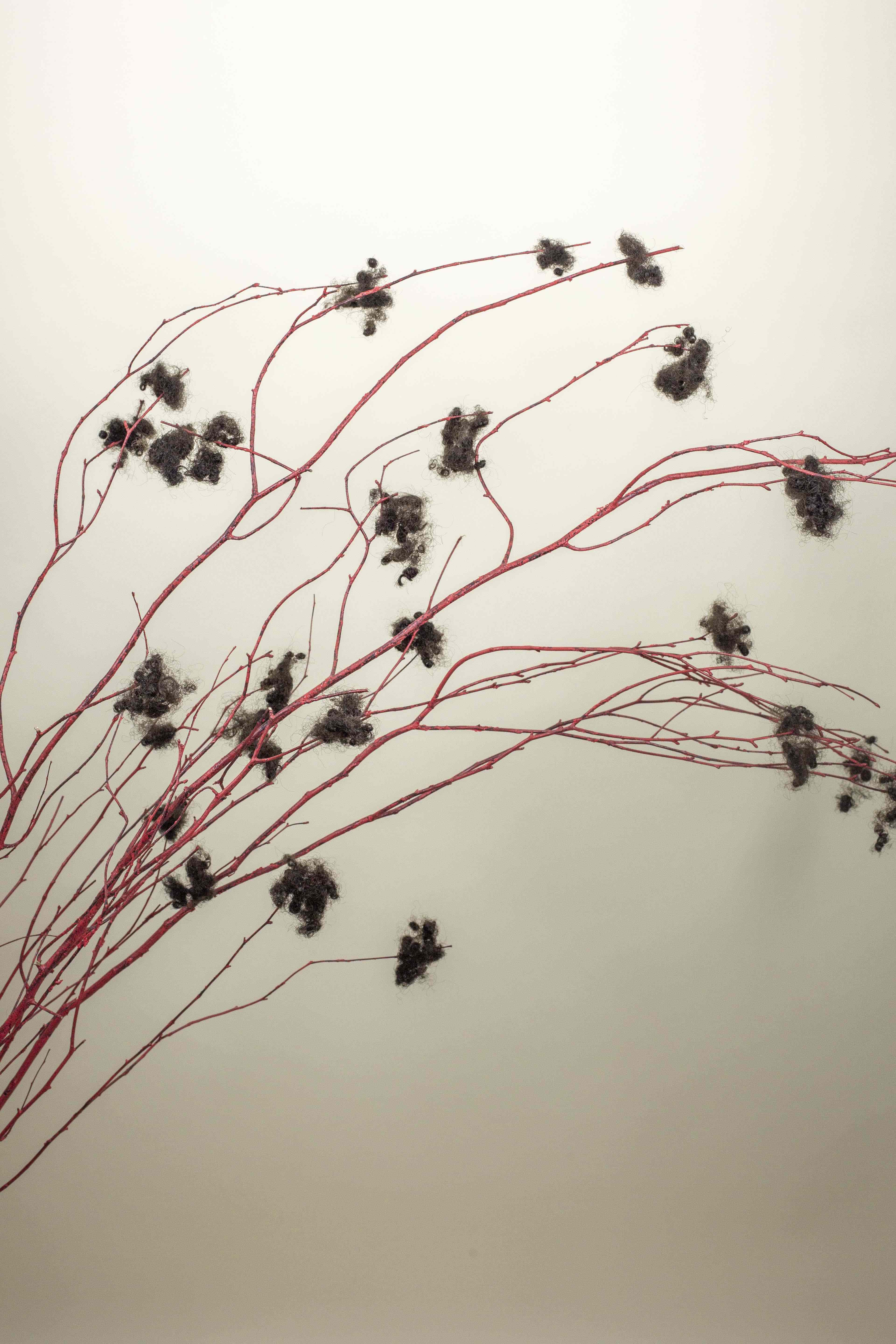
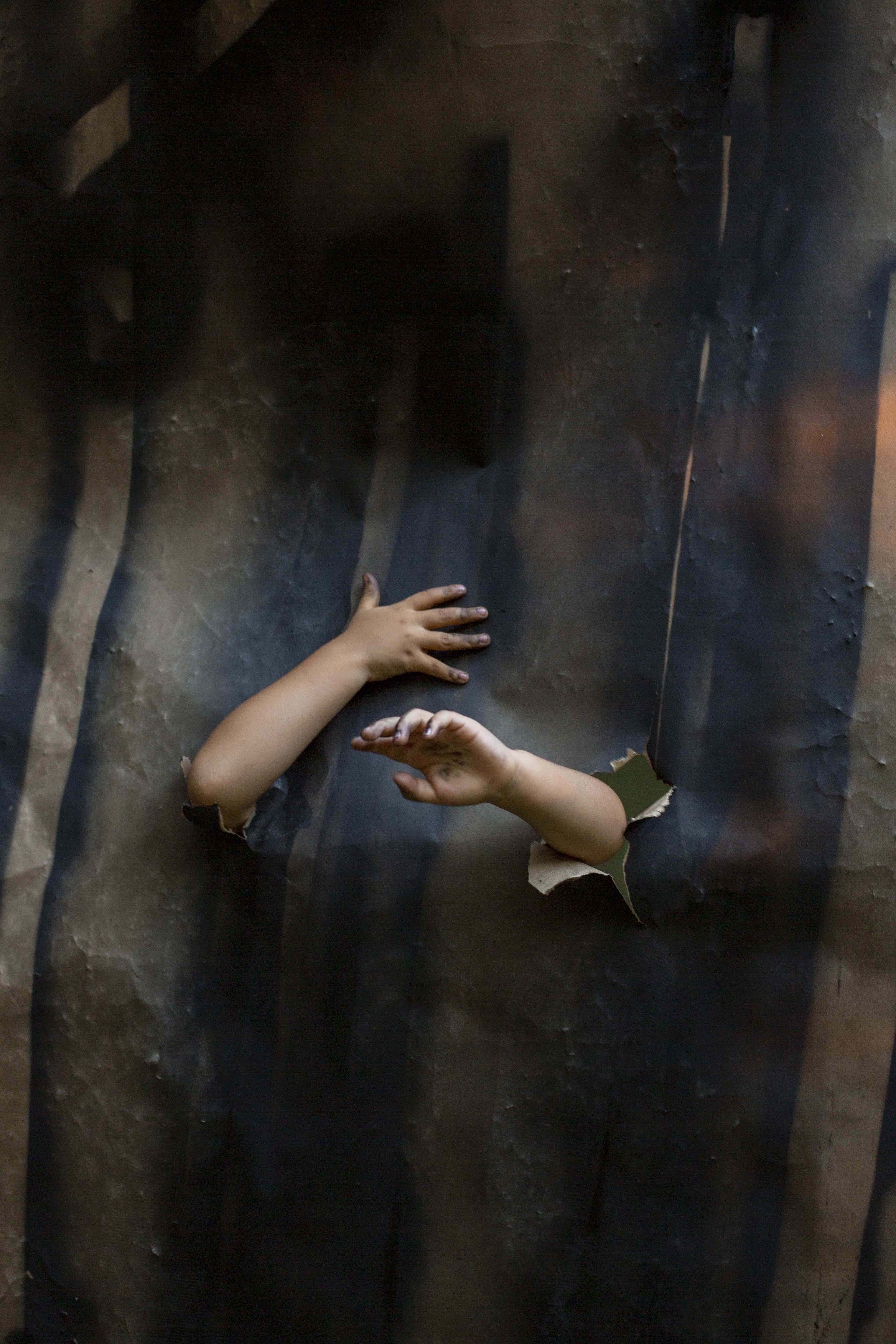
About this Project
Integrating the outdoor studio, staged portraiture, still life and family photography, THRALL (2017-2020) is my response as a mother to national conversations around whiteness and the value of Black life. The title for this series references a book of poems published in 2012 by Natasha Trethewey that explores racial attitudes and stereotypes through both a personal and photo-historical lens.
Within this work, I make connections between an African diasporic past and present through the use of ritual yet personal objects like a cowrie shell, coral, and wishbones. Using brown craft paper as a backdrop, I reference the absurdity of historic racial tests and skin-color bias in photography while inverting the binaries of light = life / dark = death.
Many of the images in THRALL were made during the pandemic, when my family moved from Brooklyn to upstate NY, our first experience as landowners. This privilege gave us the opportunity to (re)discover an unenclosed, Black relationship to the outdoors. Collaborating with my children, I allow them to dance, be unruly, wondrous and curious in Nature, moving towards an understanding and acceptance of all things Natural.
With THRALL I endorse the Black Mother’s role as Creator, Author and Photographer. She is no longer hidden as a prop or depicted as forced labor. She is superhuman and in control of the image, utilizing the home and the “open air” as her studio.
What you see here is a selection of the images in this series, please contact me to inquire about viewing more.
TOPSY TURVY (Zine)

About this Publication
TOPSY TURVY (2022) is a limited-edition zine that presents the second installment of The Black Doll series, a collection of non-gestural, digital images rooted in the aesthetic tradition of geometric abstraction. Appropriating original imagery of vintage black dolls for sale on Etsy and eBay, I have abstracted the dolls beyond recognition and paired them with their often-racialized item descriptions.
This new series is inspired by the two-headed, reversible, “topsy turvy” cloth dolls invented and handmade by enslaved African-American women for their children. One face of the doll was a White, European-American child, while the other was a Black, African-American child - both were sewn together in the middle with a long skirt. This unique design ensured that during play, the doll could be “flipped” from one side to another.
While the purpose of these dolls is still misunderstood, it is believed that this topsy turvy design enabled enslaved children to play with toys made in their image which could then easily be hidden (by playing with the white doll) around white folks. The Topsy Turvy series presents a wide collection of racialized vintage dolls from the 19th and 20th centuries and continues to explore how whiteness in America is forever linked to its black counterpart, and vice versa.
Order online at Stellazine
THE BLACK DOLL
“With striking formal regularity and colourful geometric abstraction, her images are the result of the digital re-creation of pictures of vintage ethnic dolls from websites like Ebay. At the same time as expressing depersonalisation, they are similarly an attempt to challenge visual stereotypes, and to perhaps also re-appropriate colour from the symbolic taint of history.”
— Daniel Pateman (Photomonitor UK)
— Daniel Pateman (Photomonitor UK)



About This Project
African-American female slaves were the earliest makers of black dolls for their own children while the mass production of black dolls (for more seemingly sinister purposes) dates back to late 19th century toy production in Germany and France. By appropriating the listing photos of black vintage dolls for sale on e-commerce sites like Etsy and eBay, I have created a collection of new non-gestural, digital images rooted in the aesthetic tradition of geometric abstraction.
Across cultures, dolls have commonly been used to represent the human figure; to instill in girls a sense of care and maternity. Though for many children of color, the dolls chosen for us are also our first introduction to the divisive concept of “race”, specifically if the doll’s skin tone or features do not match our own.
As a child, the darkest doll I had was a Hawaiian Barbie that I coveted for her caramel skin, brown eyes and silky, jet-black hair that flowed past her waist. She was starkly different from your typical Barbie. As a mother, I question the roles dolls play in establishing conventional expressions of gender and racial identity. I am further interested in how the mass production of these dolls have perpetuated or upheld stereotypical opinions about femininity, motherhood and blackness.
The Black Doll series pairs each new abstracted image with the seller’s original item description, creating an interplay between social representation and personal memory. What happens when these doll images are (digitally) broken down into basic, formal elements of shape and color? What meaning, if any, can we derive from their descriptions/captions? Can abstraction be used to deconstruct racial and gender stereotypes?
What you see here is a selection of the images in this series, please contact me to inquire about viewing more.